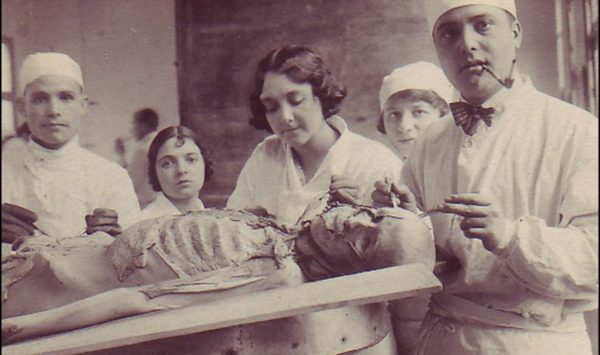THE “WET SPECIMEN” OF HALSEY STREET (1899)

******************************************************************************************************************************** Brownstone Detectives investigates the history of our clients’ homes. The story you are about to read was composed from research conducted in the course of one of those investigations. Do you know the history of YOUR house? ******************************************************************************************************************************** When a body was discovered in the cellar of a brownstone on Brooklyn’s Halsey Street, the police were immediately notified and the “owner” hunted down… The medical profession, like most other professions, was much less regulated in the 19th century than it is today. Those who worked within the medical studies of the period – involving the dissection of corpses, the experimentation on recently live human organs, or the display of exoskeletal remains – were just as similarly unregulated. There was a medical practice, however, which was associated with the medical profession but which also appeared more morbid – it provided for education of medical students through the preservation (and display) of certain organs, animals, or tissue specimens. This practice appears to have fallen, however, into an altogether different grouping of practices – at least as regarded the general public. This was the practice – long important to the preservation of biological specimens for observation and continued study – of the preservation of biological tissue within alcohol-filled jars – otherwise known as “wet specimens.” While these specimens were a common site within a laboratory, hospital, or teaching school, such specimens were rarely known to disappear from these locations and, more rarely so, to find themselves upon the cellar shelves of a […]